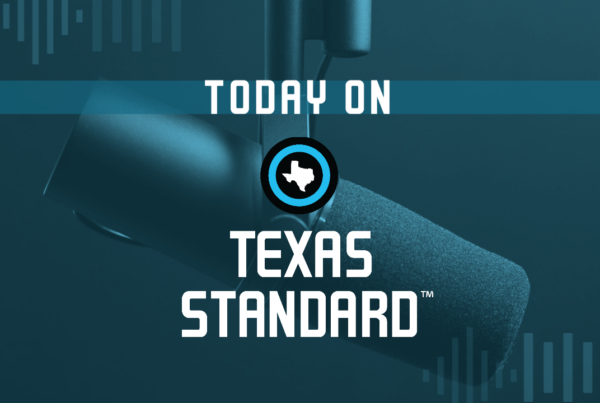From the Texas Observer:
Over the last weekend of April 2024, something in Austin’s drug supply went horribly wrong.
The first deaths passed largely unnoticed by anyone other than the families and friends of those who consumed the tainted substances. An 8-year-old girl who’d been playing outside her apartment in northeast Travis County on the evening of Sunday, April 28, came home to find her 50-year-old father dead in bed. In a homeless encampment in a wooded area of East Austin, paramedics revived two people with naloxone, the overdose reversal drug known commonly as Narcan. But, hours later, one of them, a 51-year-old woman, was found dead inside her tent—a short walk from a 53-year-old man who likely died around the same time.
A clearer picture wouldn’t emerge, however, until 911 calls began flooding in the following morning.
Most Mondays, the Sixth Street entertainment district would be quietly nursing the hangover from another rowdy weekend, the only souls on the street those who sleep in the shelters, alleys, and sidewalks. But emergency dispatchers were getting repeated reports of people in distress.
The first call came in just after 9 a.m. from someone calmly describing an overdose in an alley. But, as the minutes dragged on, panic crept into the caller’s voice. “I’m scared,” she blurted out. “Oh, my gosh, I’m so fucking scared. Somebody’s going to die because of these people.”
“What happened?” asked the operator.
“Somebody tried to say ‘Don’t call the ambulance,’” the caller responded. “Oh, my God. Oh, my God.”
A little before 10 a.m., a security guard flagged down one of the Austin police officers flooding the district. Two men were sitting on the ground next to a trash bin in an alley near Sixth and Red River Street, slumped forward. Only 20 minutes earlier, both men had been walking and chatting. Now, they weren’t breathing.
The officer administered naloxone and began performing CPR. Paramedics took one to a hospital. The other, 51-year-old Benjamin Arzo Gordon, couldn’t be revived.
The alley where Gordon died had become the epicenter of a mass casualty event. During a two-hour span that Monday morning, at least six others overdosed and were revived with naloxone in a four-block radius in downtown Austin. Over 72 hours, Austin police reported more than 70 overdose calls. Records from Travis County, which includes most of Austin, and neighboring Williamson County indicate that as many as 12 may have died. The culprit: a bad batch of crack cocaine.
Through dozens of open records requests and interviews, the Texas Observer and Texas Community Health News have pieced together what happened during those deadly days—and how changes to state law might have saved lives. Across the capital city, people who consume crack, a stimulant, were suffering symptoms consistent with poisoning from opioids like heroin or fentanyl, the incredibly potent prescription painkiller.
The adulterated crack impacted Central Texans from many walks of life. Among the people who died were a construction worker from Honduras and a young man from Wimberley, who passed away in his parked truck with the engine running. Crack rocks found at the scene of some of the deaths tested positive for fentanyl.
A small, inexpensive item might have averted some of these deaths. Fentanyl testing strips can be used to check for the presence of the synthetic opioid. With an appearance similar to an at-home COVID-19 test, the strips are dipped in water in which a small amount of the drug has been dissolved. A line indicates if fentanyl is present.
But such testing strips are illegal in Texas. They’re considered paraphernalia, and possessing one is a Class C misdemeanor. While the Texas House passed a bill that would have legalized them in 2023, the Senate declined to vote on it.
In general, Texas has been reluctant to embrace the strategy of harm reduction, a broadly defined term for helping people who use drugs without stigmatizing or imposing strict parameters, while also involving drug users in planning and implementation. Harm reduction has been promoted in the United States since at least the 1980s. A classic early example is teaching people who inject drugs to clean needles with bleach, preventing the spread of HIV. The overall approach is sometimes pitched as a means to keep people alive long enough to get off drugs, but many practitioners simply seek to keep substance users safe and healthy, regardless of plans to enter treatment.
Under the administration of President Joe Biden, the federal government embraced aspects of harm reduction. Some states have as well. But policies favored by many Texas officials reflect the singular goal of making it as difficult as possible to use drugs. As it turns out, research and interviews with both experts and users of drugs show, making drug use more difficult also makes it more dangerous. Though Texas ranks low among states in fatal overdose rates, federal data shows the Lone Star State’s rate stayed nearly flat from 2023 to 2024, while overdose deaths fell significantly nationwide.



















